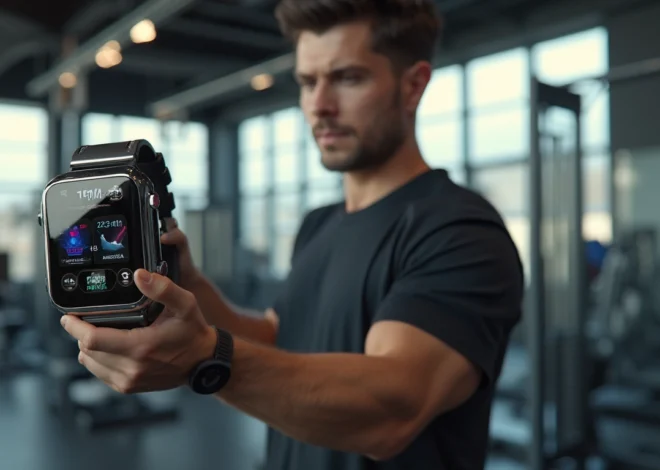
Apple Watch SOS Alert Saves Skiers After 1000-Foot Mountain Fall
A dramatic rescue unfolded near Steven’s Pass, Washington State, when two skiers survived a terrifying 1000-foot fall, thanks to an Apple Watch’s SOS alert system that summoned emergency services. The incident, occurring on January 22, 2025, showcases how advanced wearable technology can be the difference between life and death in critical situations.
Table of Contents
Key Takeaways:
- Fall Detection technology on the Apple Watch automatically detected the severe accident and initiated emergency protocols
- The skiers were rescued after a 1000-foot fall in challenging terrain near Steven’s Pass
- Emergency services received the SOS alert through satellite communication, enabling a swift helicopter rescue
- The incident occurred after sunset, demonstrating the reliability of Apple’s emergency features in low-light conditions
- Both skiers survived despite injuries, highlighting the life-saving potential of wearable technology
The Incident and Immediate Response
The harrowing event began when two skiers experienced a catastrophic fall in the backcountry near Steven’s Pass. One skier suffered a significant leg injury, and both found themselves unable to walk or seek help conventionally. The Apple Watch’s advanced sensing capabilities detected the hard fall and initiated its emergency protocols.
Life-Saving Technology in Action
The Apple Watch’s Fall Detection feature, available on SE, Series 4 or later, and Ultra models, proved invaluable during this crisis. When the feature detects a hard fall, it waits approximately one minute for user response before automatically contacting emergency services. In areas without cellular coverage, the satellite communication system ensures help can still be reached.

Emergency Response Operation
King County Air Support responded promptly to the SOS alert, launching a helicopter rescue mission. The precision of the location data transmitted by the Apple Watch was crucial in helping rescuers locate the injured skiers quickly. This incident adds to the growing list of successful rescues facilitated by smart wearable technology.
Technical Infrastructure Behind the Rescue
The rescue was made possible by Apple’s sophisticated emergency response system, which uses the Globalstar satellite network. This technology allows for critical communication in areas where traditional cellular services are unavailable. For those interested in implementing similar automation solutions, Latenode offers powerful automation tools that can enhance safety protocols and emergency response systems.
Future Implications
This rescue highlights the expanding role of wearable technology in outdoor safety. As Apple continues to advance its technology, we can expect even more sophisticated safety features. The success of this rescue operation demonstrates why investing in personal safety technology is becoming increasingly important for outdoor enthusiasts.


